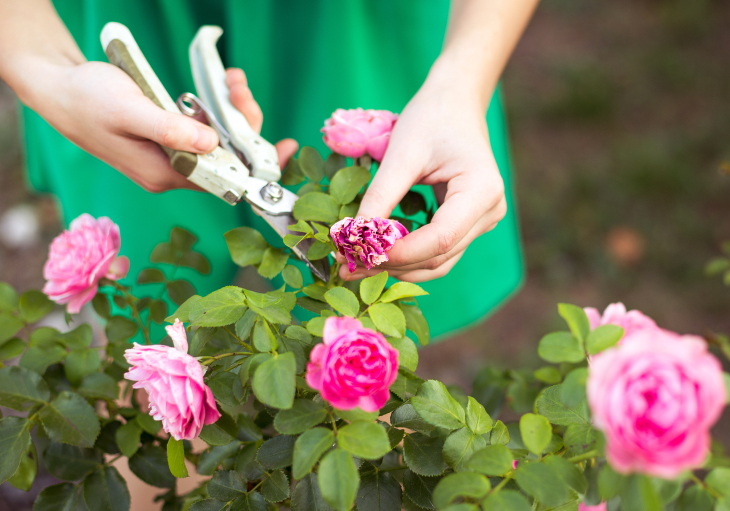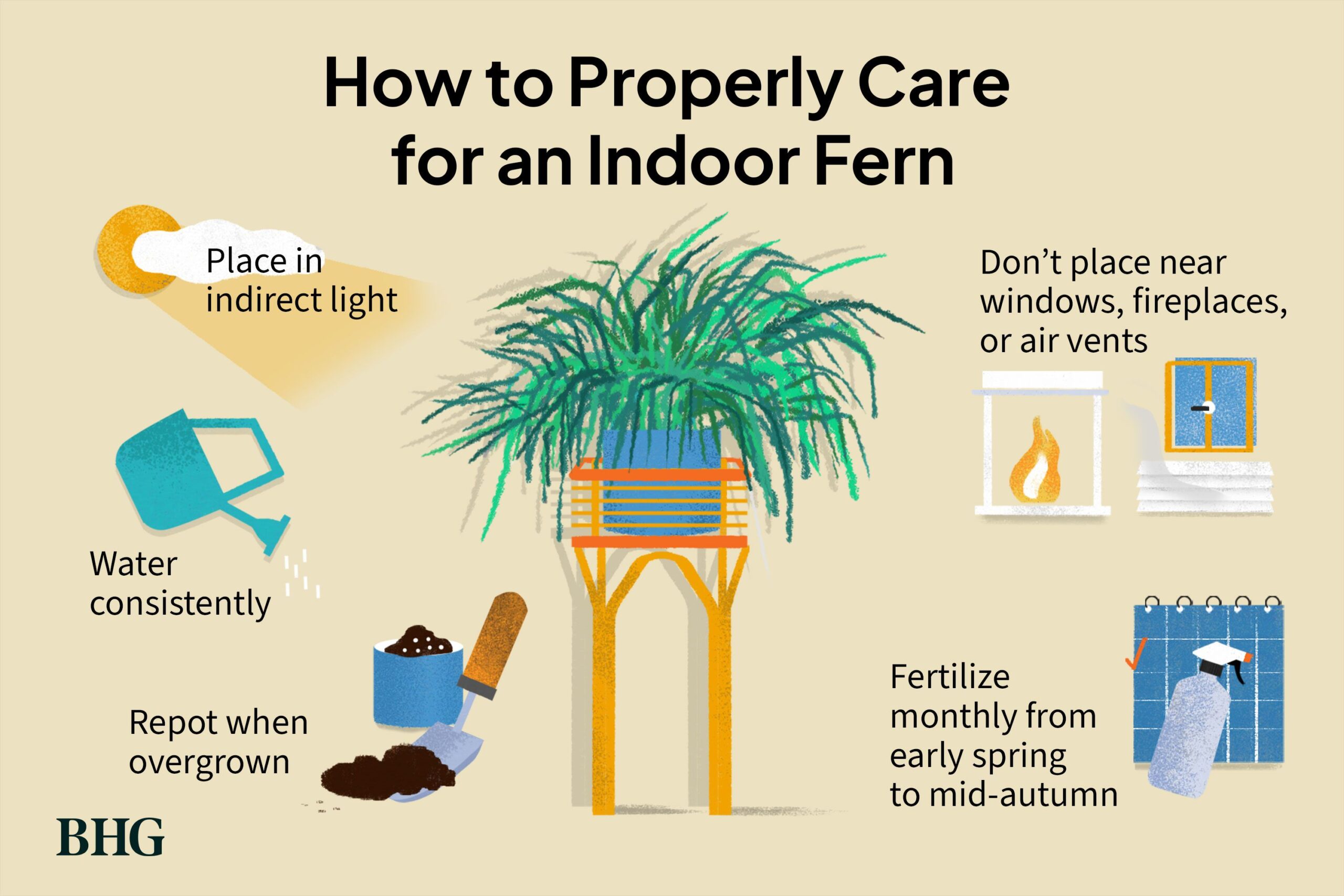How to Keep Roses Blooming Longer
Roses are one of the most loved and popular flowers in the world. Their beauty and fragrance can brighten up any space and bring joy to those who see them. If you have a garden full of roses, you may want to keep them blooming for as long as possible. Here are some tips to help you achieve that:
1. Choose the Right Variety
When planting roses, it’s important to choose a variety that is well-suited to your climate and soil conditions. Some roses are more resilient and will bloom for longer periods of time than others. Do some research and ask at your local nursery for advice on which varieties will work best in your area.
2. Proper Watering
Roses need regular watering to keep them healthy and blooming. Water them deeply at least once a week, making sure the water reaches the roots. Avoid getting the foliage wet, as this can lead to diseases. In hot weather, you may need to water more frequently to prevent the soil from drying out.
3. Fertilize Regularly
Feeding your roses with a good quality fertilizer will help them stay healthy and produce more blooms. Use a balanced fertilizer that is specifically formulated for roses, and apply it according to the instructions on the package. Fertilize your roses every 4-6 weeks during the growing season.
4. Prune and Deadhead
Regular pruning and deadheading are essential for keeping roses blooming longer. Prune your roses in late winter or early spring to remove dead or damaged branches and encourage new growth. Deadhead spent blooms throughout the blooming season to encourage the plant to produce more flowers.
5. Mulch the Soil
Applying a layer of mulch around your roses will help retain moisture in the soil, regulate soil temperature, and suppress weeds. Use organic mulch such as bark chips, straw, or compost, and spread it evenly around the base of the plants. Mulching will also improve the overall health of your roses.
6. Protect from Pests and Diseases
Regularly inspect your roses for signs of pests and diseases, such as aphids, black spot, or powdery mildew. Treat any infestations promptly with insecticidal soap or a fungicide, following the instructions on the label. Preventative measures, such as proper spacing and good air circulation, can help reduce the risk of pest and disease problems.
7. Provide Adequate Sunlight
Roses need at least 6-8 hours of sunlight per day to thrive and bloom profusely. Plant your roses in a sunny location where they will receive plenty of direct sunlight. If your garden is shady, consider moving your roses to a sunnier spot or trimming back overhanging branches to allow more light to reach the plants.
8. Monitor and Adjust Care
Keep a close eye on your roses and monitor their growth and blooming patterns. Adjust your care routine as needed based on the condition of the plants. If you notice any issues or changes in the appearance of your roses, take action promptly to address them and ensure the continued health and blooming of your flowers.
By following these tips and giving your roses the care and attention they need, you can enjoy beautiful blooms for longer periods of time. With proper care, your roses will reward you with their beauty and fragrance throughout the growing season.



